The company's activities in the second quarter were characterized by sustainable margin improvement, operational growth, financial soundness and strategic developments.
Safety Performance Improves
Embracing employee health and safety as a core value, ArcelorMittal recorded a Lost Time Injury Frequency (LTIF) rate of 0.68 in the second quarter of 2025. The company reported progress in the implementation of the DSS+ Safety Audit Recommendations.
Sustainable Margins and Strong Financial Results
Despite the challenges, the company's EBITDA (earnings before interest, taxes, depreciation and amortization) was USD 1.9 billion, with an EBITDA margin of USD 135 per ton. Net income was USD 1.8 billion (EPS of USD 2.35 per share). Reported adjusted net income of USD 1.0 billion (adjusted EPS of USD 1.32 per share).
Operational Momentum Continues
Liberian iron ore operations achieve record quarterly production and shipments. At the Calvert plant in the US, the first slab pour in the 1.5 million ton capacity electric arc furnace (EAF) was successfully completed. Renewable energy projects in India reach industrial scale and value-added capacity investments are commissioned.
Maintaining Financial Resilience
ArcelorMittal ended the second quarter with net debt of USD 8.3 billion. This figure reflects a USD 1.5 billion M&A impact from the full consolidation of Calvert, Tuper and AMTBA. The company's liquidity remained solid at USD 11.0 billion. S&P upgraded the company's credit rating to BBB from BBB-.
Cash Management Balancing Investment and Return
In the last 12 months, ArcelorMittal generated investable cash flow of USD 2.3 billion, of which USD 1.1 billion was allocated to strategic growth projects and USD 1.1 billion to dividends and share buybacks. The company allocated a net USD 2.3 billion to mergers and acquisitions in the same period.
Strategic Developments and Organic Growth
ArcelorMittal acquires Nippon Steel's 50% stake in Calvert, giving it full control of the plant. The new 1.5 million tons EAF unit built at Calvert made its first slab casting. A new 7-year slab supply agreement with NSC/USS will meet the need for “locally melted and cast” products in the US.
The company also took control of Brazilian pipe producer Tuper and re-established full control over AMTBA, aiming to accelerate its growth in North America.
The company's future EBITDA potential is expected to increase by USD 2.1 billion, driven by organic growth projects and acquisitions. The targeted contribution for 2025 is USD 0.7 billion, of which USD 0.2 billion was achieved in the first half of the year.
Closely Monitoring Policy Developments in Europe
The company made statements in support of the “Steel and Metals Action Plan” expected to be implemented in Europe. The plan aims to improve local capacity utilization rates through carbon caps and import controls. ArcelorMittal emphasized that announcements on new measures to replace existing safeguards are expected in the second quarter of 2025 and that proposals to close gaps in the Carbon Border Adjustment Mechanism (CBAM) are critical.
Continued Shareholder Returns
In addition to the dividend of USD 0.55 per share, the company reported that it will continue to return at least 50% of its free cash flow to shareholders post-dividend. ArcelorMittal, which has reduced its outstanding shares by 38% since September 2020, has repurchased 8.8 million shares at a total cost of USD 262 million so far in 2025.
CEO Aditya Mittal: “We are pleased with the progress on our strategic goals”
Aditya Mittal, CEO of ArcelorMittal, stated: "It is encouraging to see an improvement in our safety performance in the first half of the year. Financially, we had a stronger quarter, as expected. Amid geopolitical and trade uncertainties, our priority is to meet the demands of local markets. Our acquisition of full control of Calvert has enhanced our ability to produce high quality products in the US. Our operations in Liberia demonstrate the success of our diversification strategy."
Mittal also pointed out that the action plans expected to be implemented in Europe are important for the steel industry. “I sincerely hope that Europe will deliver on its commitment to defend and prioritize the local steel industry,” he stated.
Financial indicators (based on IFRS 1):
|
Unless otherwise stated (USDm) |
2Q25 |
1Q25 |
2Q24 |
1H25 |
1H24 |
|
Sales |
15,926 |
14,798 |
16,249 |
30,724 |
32,531 |
|
Operating income/(loss) |
1,932 |
825 |
1,046 |
2,757 |
2,118 |
|
Net income attributable to equity holders of the parent company |
1,793 |
805 |
504 |
2,598 |
1,442 |
|
Adjusted net income attributable to equity holders of the parent company4 |
1,005 |
805 |
677 |
1,810 |
1,434 |
|
Basic earnings per common share (US$) |
2.35 |
1.05 |
0.63 |
3.40 |
1.80 |
|
Adjusted basic earnings per common share (US$)4 |
1.32 |
1.05 |
0.85 |
2.37 |
1.79 |
|
Operating income/ton (US$/t) |
140 |
60 |
75 |
101 |
77 |
|
EBITDA |
1,860 |
1,580 |
1,862 |
3,440 |
3,818 |
|
EBITDA/ton (US$/t) |
135 |
116 |
134 |
125 |
140 |
|
Crude steel production (Mt) |
14.4 |
14.8 |
14.7 |
29.2 |
29.1 |
|
Steel shipments (Mt) |
13.8 |
13.6 |
13.9 |
27.4 |
27.3 |
|
Total Group iron ore production (Mt) |
11.8 |
11.8 |
9.5 |
23.6 |
19.7 |
|
Iron ore production (Mt) (AMMC and Liberia only) |
8.3 |
8.4 |
5.9 |
16.7 |
12.4 |
|
Iron ore shipments (Mt) (AMMC and Liberia only) |
9.9 |
8.0 |
6.2 |
17.9 |
12.5 |
|
Weighted average common shares outstanding (in millions) |
762 |
768 |
794 |
765 |
802 |


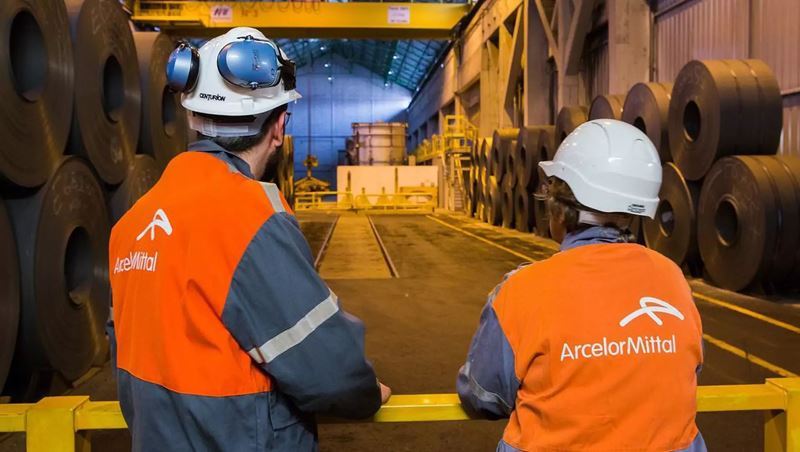
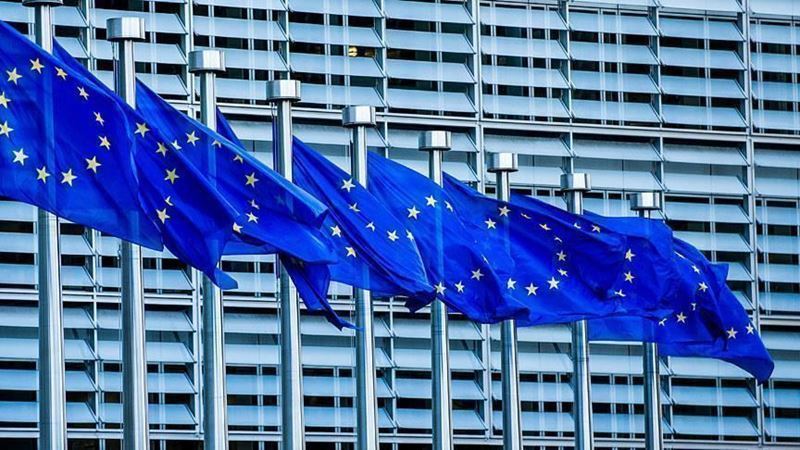
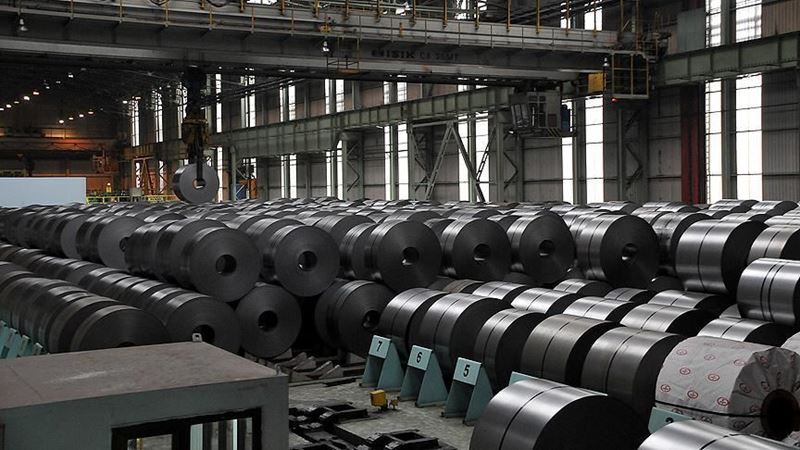

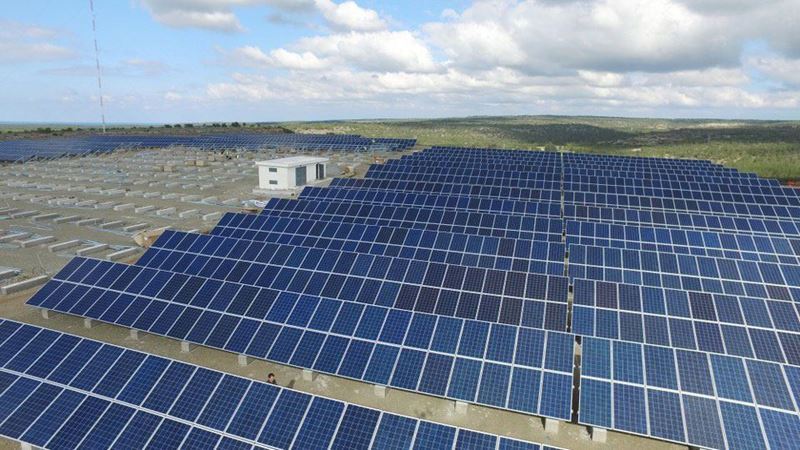
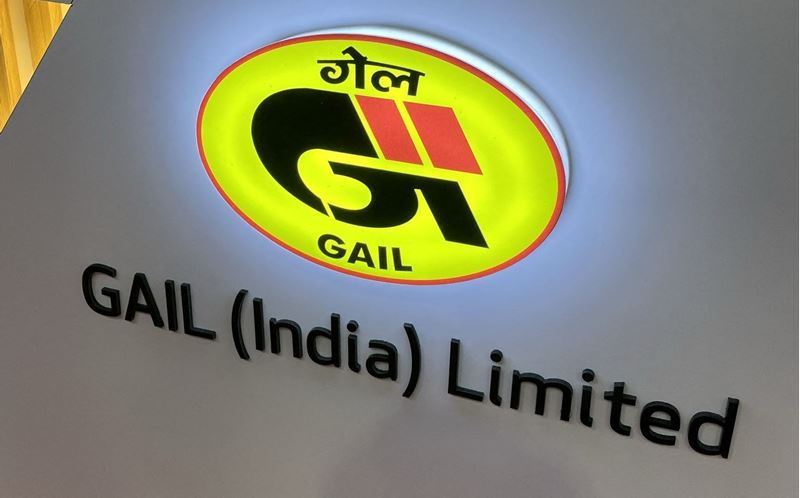

Comments
No comment yet.